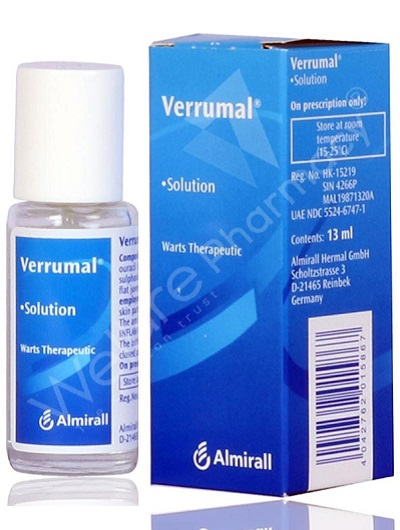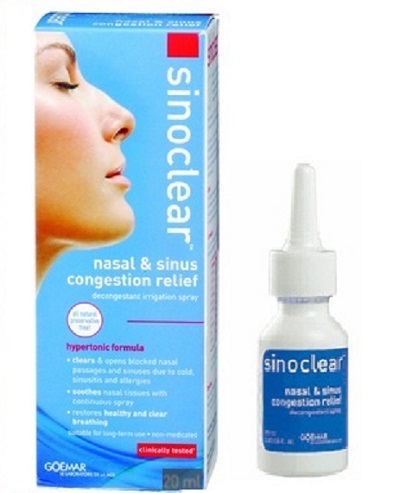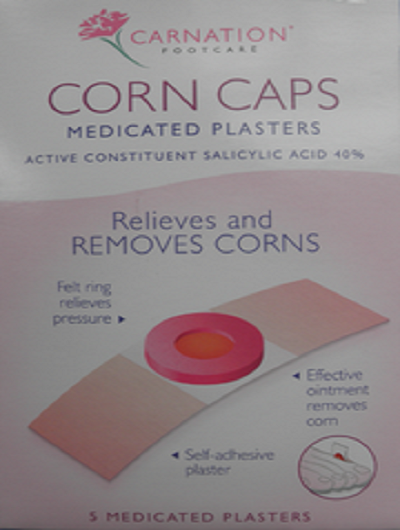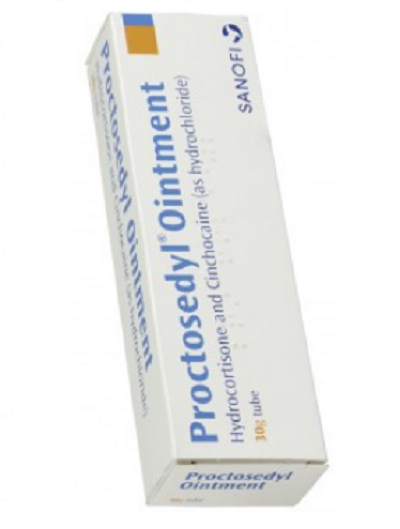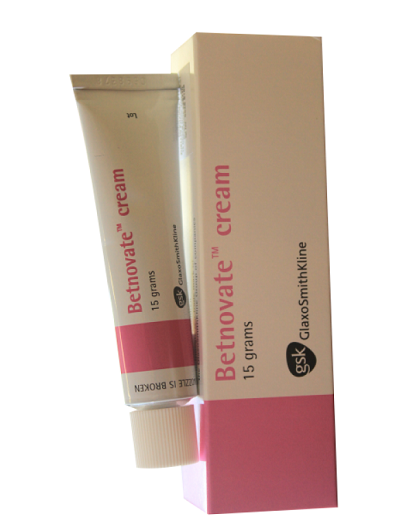How when the scalp fungus? Scalp fungus not only causes itching, flaking, and hair loss.
Scalp fungus not only causes itching, flaking, hair loss that heavily affects the aesthetics but also affects the quality of life of the patient. The disease is easy to confuse because there are many types of lesions on the scalp, such as psoriasis, dermatitis ... and there are many types of fungus that cause disease. In fact, many cases of scalp fungus, including children who are folk treated by their parents, cause severe inflammation, permanent hair loss and scarring.
Contents
Synopsis
Scalp fungus not only causes itching, flaking, hair loss that heavily affects the aesthetics but also affects the quality of life of the patient. The disease is easy to confuse because there are many types of lesions on the scalp, such as psoriasis, dermatitis ... and there are many types of fungus that cause disease. In fact, many cases of scalp fungus, including children who are folk treated by their parents, cause severe inflammation, permanent hair loss and scarring.
1. Types of scalp fungus
1.1 The scalp fungus is caused by Trichophyton
Fungal scalp disease begins with small, scattered nodules on the scalp. Thin scaly patches on the base of the lesion, healthy hair alternating with amputated hair near the base (because the infected hair becomes hard and brittle).
The scaly plaque flakes off the scalp to form a temporary bald patch. This disease causes itching, the patient can get fungal skin in other locations (groin, buttocks, nails).
1.2 Trichromatosis (hair eggs) caused by the fungus Pierdraiahortai and Trichosporon beigeli
The characteristic manifestation is that along the hair shaft, 2-3 cm from the base of the hair, there are soft round (almost millet-like) particles that are black or brown and can peel off like nits. The condition does not cause hair loss because the mycelium grows only in the hair shaft, which can cause some discomfort or itching. The disease often arises due to poor personal hygiene.
Pathogen fungal scalp mainly, in addition there may be from some kind of animals such as dogs and cats. Fungi can persist in contaminated material. The disease is spread directly from the skin, through the skin, but the common way is indirectly through sharing combs, hats, pillows ... with patients.
To make a diagnosis, in addition to the clinical symptoms, it is necessary to do tests: Fresh examination of scalp scabs or hair plaques. Culture in agar protein medium for definitive diagnosis of fungus and appropriate treatment regimen.

2. Effective scalp fungus treatment
For mild cases, wash your hair daily to get rid of hair loss, use a sulfide selenium shampoo or a Nizoral shampoo that works well.
If it is worse, after washing, cover the hair with a towel (pay attention when washing hair, do not scratch, scratch, cause skin abrasion on the spot, facilitate multiple bacterial infection)
Or you can cut off the scalp hair fungus, apply topical fungicide daily. If the lesions are superinfected with bacteria, topical antiseptic is applied, systemic antibiotics can be combined.
Drug treatment options:
- When the topical treatment with antifungal creams and shampoos is ineffective, the doctor will prescribe oral antifungal medications.
- Griseofulvin antifungal medication is taken orally for 6–8 weeks. Patients should take Griseofulvin with a high-fat meal to enhance absorption. Griseofulvin can cause nausea or upset stomach in children.
- Terbinafine, Itraconazole, and Fluconazole are common fungicides. However, the duration of treatment for some of these drugs may be shorter, from 2 to 4 weeks. Both Ketoconazole and Fluconazole can cause colic in your baby, so use them with caution.
- For scalp inflammation caused by Microsporum spp., Griseofulvin has been shown to be better at treatment, while Terbinafine is better for Trichophyton spp.
3. Measures to reduce scalp fungus

- To limit the spread of the disease, when the weather is hot, it is necessary to keep clean, especially in places such as kindergartens, schools, dormitories ... Use clean shampoo every day, do not scratch Strongly scratch the scalp, must rinse clean water several times when washing hair and keep hair dry and clean. At the same time, make hair dry right after shampooing and coming back from the rain.
- Do not wear hats that are too tight, wear hats for too long to make hair wet, easy to create favorable conditions for fungus to grow and cause disease.
- Avoid contact with infected animals, pets can be periodically examined by the veterinarian and checked for fungus. Avoid sharing things with others to avoid the risk of spreading illness from those around you. Do not share other people's towels, combs, or hats, especially those with dandruff or other symptoms of scalp fungal disease .
- Head fungus is contagious, so as soon as you feel signs of the disease, you should quickly seek medical attention and treat it promptly. If detected and treated early, with the right method, with a reasonable shampoo regimen, scalp fungal disease can be cured. If there is too much dandruff on the head with signs such as itchy, fluffy and smelly hair, red pimples appear ... should see dermatology immediately to help find the cause and appropriate treatment.
- Absolutely not scratching and scratching the scalp to avoid damaging and causing dandruff, fungus to spread more. Do not arbitrarily buy drugs to drink and apply without the prescription or advice of a doctor. Eating adequate nutrition and always improving the body's resistance is also one of the ways to prevent disease.
Source: europharmas













